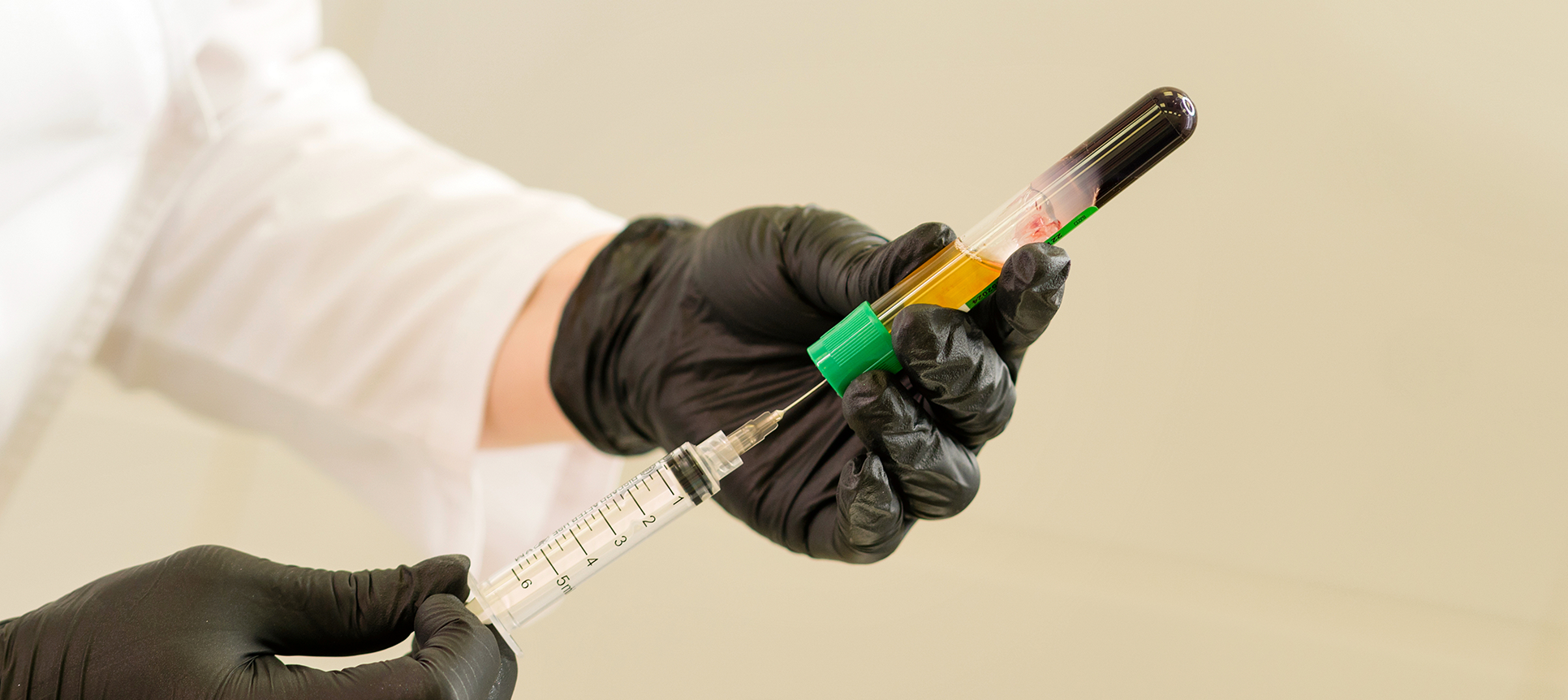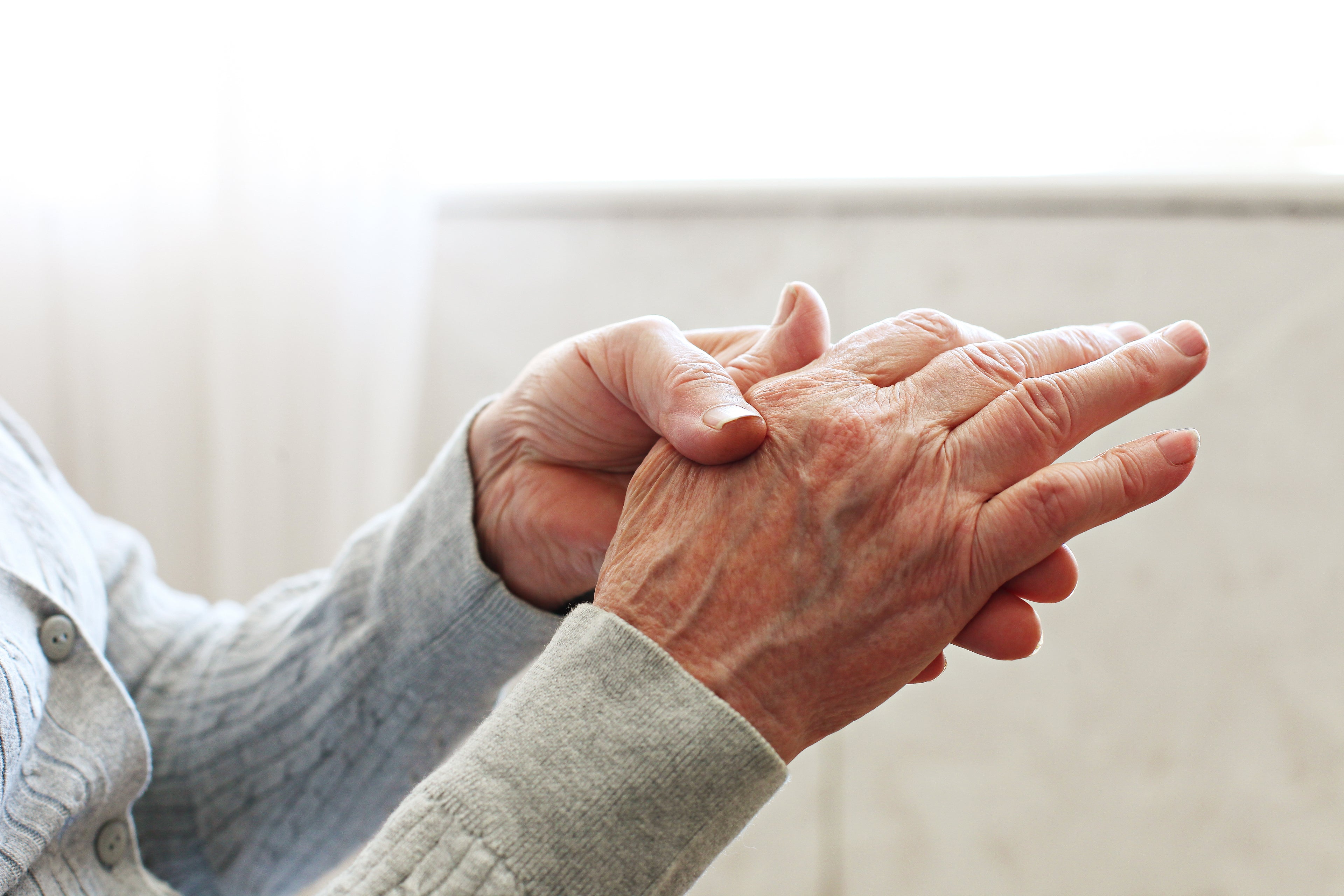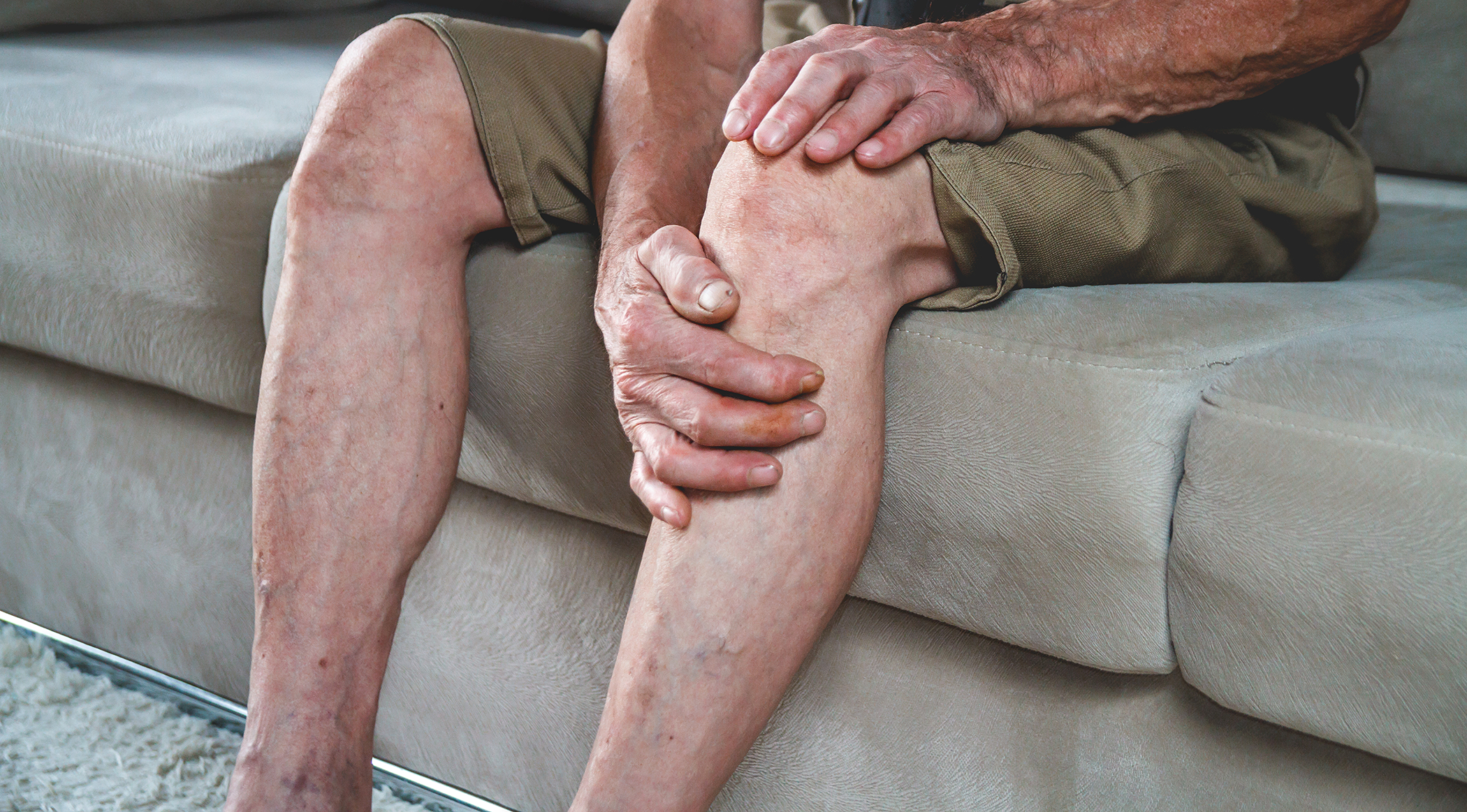Plasma therapy uses injections of a concentration of a patient's own platelets to accelerate the healing of injured tendons, ligaments, muscles and joints. In this way, plasma injections use each individual patient's own healing system to improve musculoskeletal problems.
|
|





